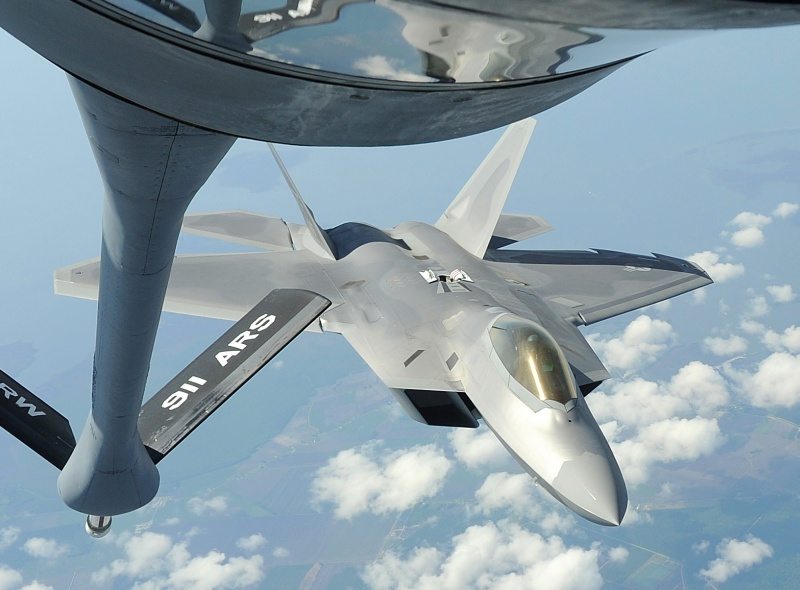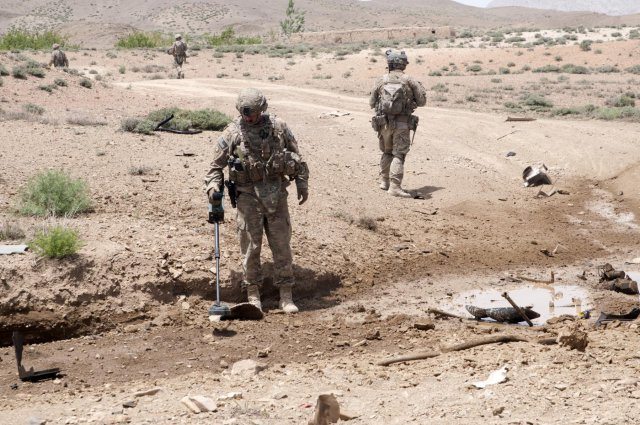Air Combat Command’s senior Airman completed F-22 Raptor pilot qualification recently, reinforcing his personal stake in the Air Force’s efforts to identify the root cause of unexplained physiological incidents involving a small number of Raptor crews.
“As Airmen, risk is part of our lives as members of the military,” said Gen. Mike Hostage, the commander of Air Combat Command. “I’m asking these Airmen to assume some risk that exceeds the norm in day-to-day training, and I have to be willing to do it myself and experience firsthand what they do.”
Hostage completed his F-22 qualification training with the 325th Fighter Wing at Tyndall Air Force Base, Fla., June 27.
“Flying the airplane allows me to understand exactly what our Airmen are dealing with,” Hostage said. “It’s an amazing airplane to fly, and I’m confident in the procedures we have in place to help enhance crew safety.”
Since September 2011, when the aircraft returned to flight operations, the Air Force has worked to determine why a very small number of pilots have experienced symptoms such as dizziness while flying or disorientation post-flight, and to reduce the risk of those incidents. In January 2012, the Air Force created the F-22 Life Support Systems Task Force, which consists of approximately two dozen ACC specialists and hundreds of others from across the Air Force and other governmental agencies, including NASA and the Navy, as well as industry partners.
“We’ve had a 99.9 percent effective flying rate relative to these unknown physiological incidents, but that is not good enough,” Hostage said. “The task force has made great progress, and the collaboration between our Air Force experts and others from NASA, the Navy and industry is exceptional. I’m confident we’re on the right track, ensuring the safety of our crews and maintaining the F-22’s combat readiness.”
Air Combat Command is leading the F-22 life support task force, which has implemented several risk mitigation measures since the return-to-fly in September. Those measures include comprehensive inspections of aircraft and aircrew life support systems; a greater awareness and emphasis on pilots’ recognition of any indication of a potential problem; the installation of a better-designed handle to activate the emergency oxygen system; the fielding of pulse oximeters that allow pilots to cross-check symptoms against measurements of the oxygenation of their blood’s hemoglobin; and numerous other non-material enhancements.
“We have taken a 9-1-1 call approach,” said Maj. Gen. Charles Lyon, the ACC’s director of operations and the task force lead. “We have instructed our Airmen in the field that whenever they get any indication that something may not be right, knock it off, the flying equivalent of calling 9-1-1, and terminate the flight. We focus all our attention on them and the safe recovery of the aircraft.”
Most recently, ACC directed pilots to remove the upper pressure garment of their aircrew flight equipment during routine flight operations. Recent centrifuge testing revealed some vulnerabilities with the garment, which places added pressure on a pilot’s chest and restricts breathing in some instances.
“I’m cautiously optimistic that we’ve identified the major factors that have caused symptoms of oxygen deprivation in some of our F-22 pilots,” said Lyon. “We’ve learned some significant things over the past several months that help protect our crews and maintain our combat readiness for the nation.”
Lyon also said he is satisfied that, after extensive testing, no harmful contaminants are moving through the oxygen system. He went on to say a major focus of the task force now is looking at the physiological-support equipment and exploring commonalities in the flight profiles — the combination of various altitudes and maneuvers — that could be common in the incidents.
As the task force continues its analysis of factors contributing to physiological incidents, it remains in ongoing dialogue with F-22 pilots, maintainers and life support Airmen through regular video teleconferences and a series of town hall meetings.
Meanwhile, Hostage plans to use his time in the Raptor to experience F-22 operations firsthand and continue engaging in personal dialogue with Raptor crews.
“Flying with F-22 pilots and interacting directly with our maintenance and life support Airmen helps me better understand and validate what we’ve learned and what we’re continuing to learn about safer operation of the aircraft in a really demanding flight environment,” he said.
“The F-22 is vitally important to this nation and the joint warfighting team, and our Raptor pilots and ground crews are up to the task,” Hostage concluded. “Our adversaries pay very careful attention to where it is and what it’s doing. Our friends are very reassured by its presence. And it’s ready to meet combatant commander requirements anywhere in the world — all because of our Airmen who make it happen.”











